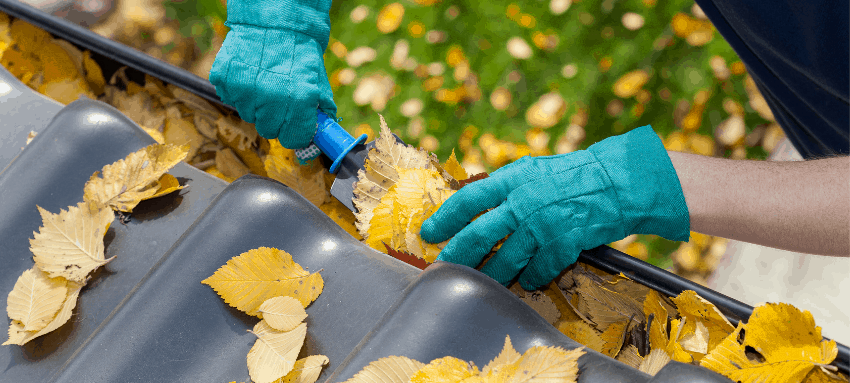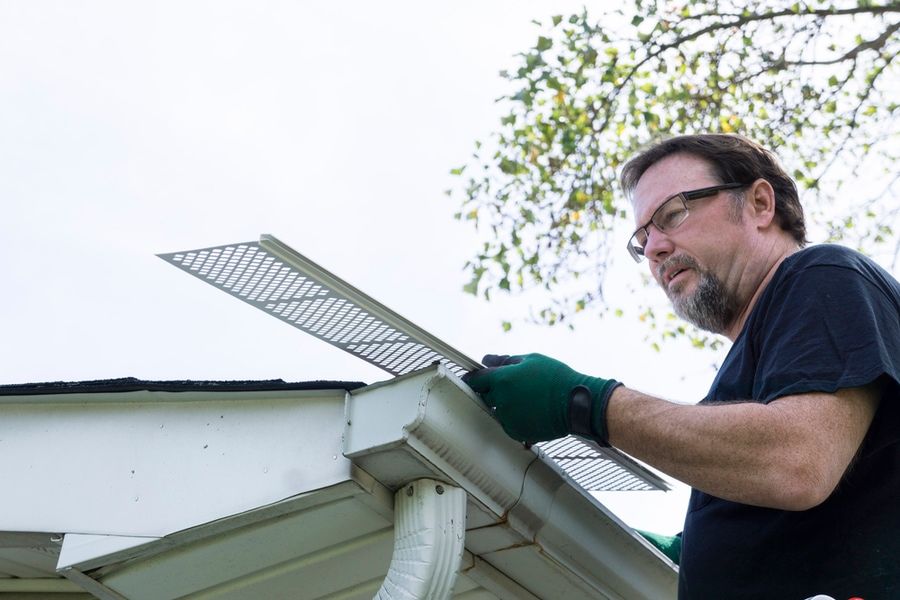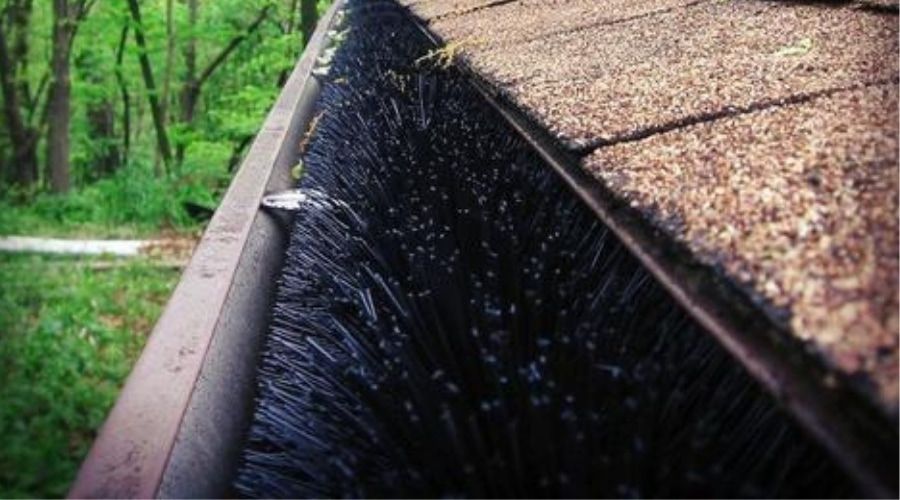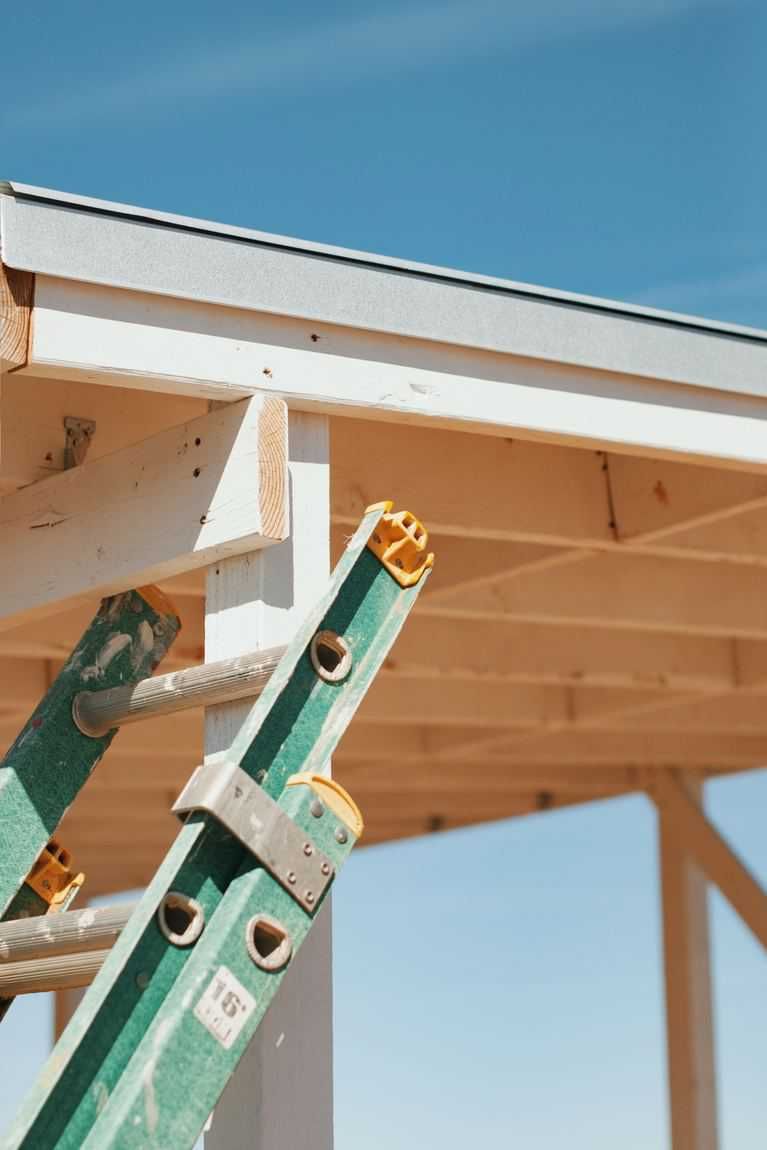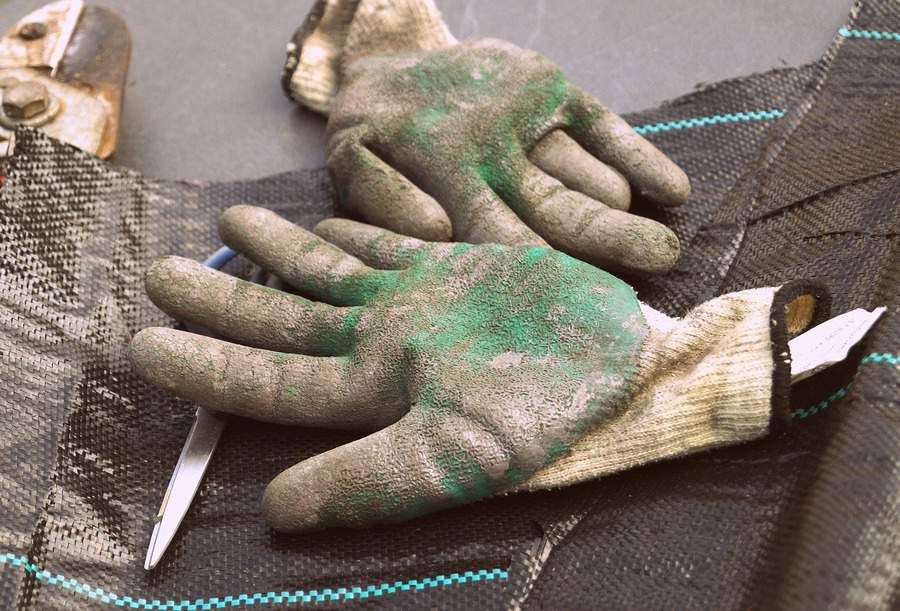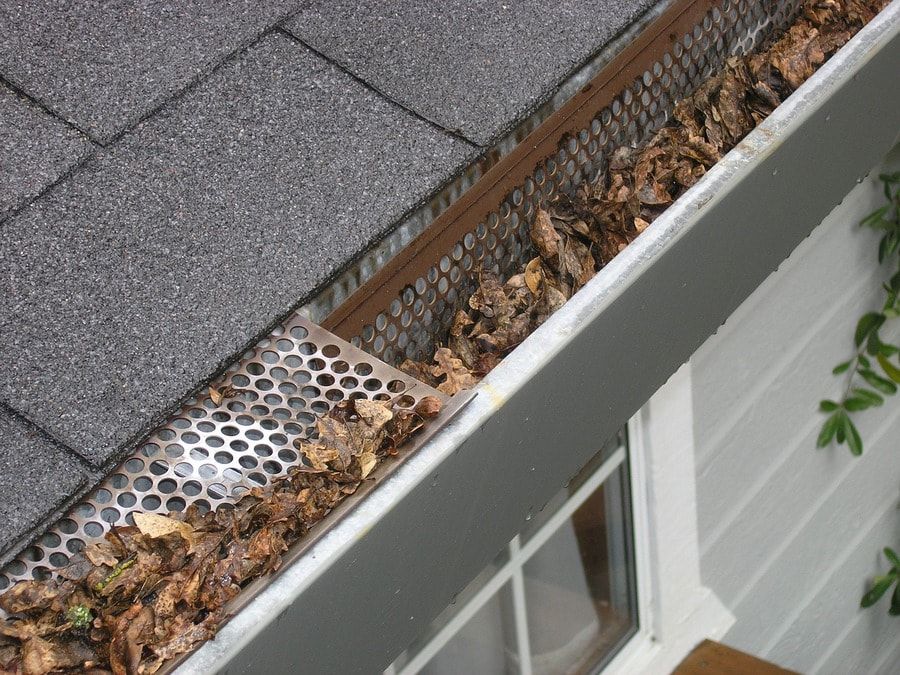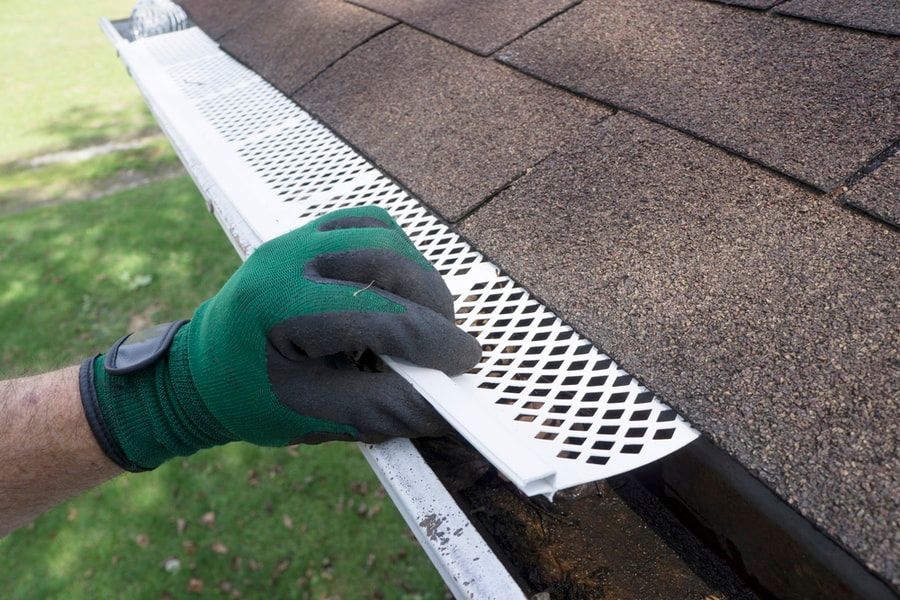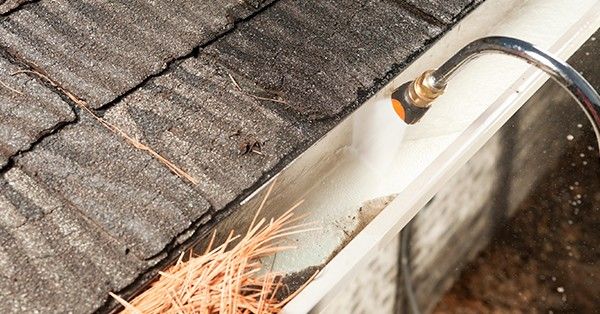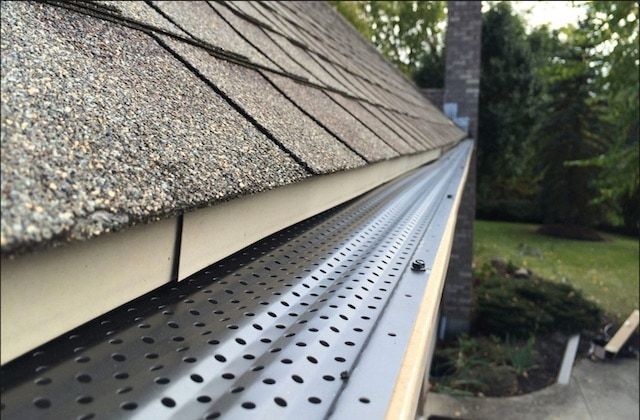Various forms of gutter guards and gutter guard systems, such as LeafGuard Gutters, are popular choices to use on your home to avoid the worst of your autumnal gutter maintenance and cleanup. These are specialized products designed to shed leaves, needles, small twigs, and other debris all while allowing water to pass through and down your gutters unhindered.
Although there are many styles to choose from, all require some basic attention to ensure nothing has been caught up to block rain flow. Even the best-designed choice needs to be check at the very least for anything that may have gotten caught up. If you have wondered how to clean your gutter guards, this article provides some quick and easy steps to get the job done.
What Gutter Guards Do For You
A gutter guard is exactly how it sounds and works as a guard to protect your gutters from an accumulation of dirt and debris that could become problematic. Most work by allowing leaves and other small tree castoffs to be caught and blown away once dried- and by allowing rainfall to pass freely down the roof and into the gutter. There are many various designs that fit almost any budget, some of which are easily installed by the homeowner or by professional services.
Gutter Guards are not only helpful in keeping your gutters clean, but they also do many other things, such as:
- Keep animals from building nests
- No need to climb a ladder as often- making them safer
- Most attach easily to existing gutters
- Keeps water from pooling which can lead to bugs
- Keeps your gutters protected and working longer
- If you harvest rainwater this can help
Types of Gutter Guards and Required Maintenance
Of course, there are different types of gutter guards, but maintenance to keep them clean and free of debris is mainly all the same. Since they all help keep debris from getting into the actual gutter themselves, it just makes sense that the occasional trig, branch, or leaf may get stuck and need removal.
- Brushes work with your existing gutters, are easy to install, and are considered budget friendly. These bristled brushes look like a giant bottle cleaning brush and fit directly into your gutter. They allow water through but catch large debris. You will have to occasionally remove any debris that may get stuck and check for any dirt that hasn’t washed through.
- Foam blocks are set into the gutter to allow for water to move through. They do not allow entry of debris, but their dense nature may require rinsing from time to time as well as removal of anything that gets stuck to them (such as a pine needle or twig end. These are inexpensive, quick and easy solutions to avoid full gutter cleanout.
- Perforated guards are made of metal and fit over the top of your gutter. They allow water to pass through but keep any large debris from washing into the gutter. Accumulation of debris tends to collect on the top if it does and is easy to sweep clean once dried.
- Mesh Screen guards have a super fine mesh that fits over your gutter. These are similar to perforated guards but have more open space for water flow and doesn’t allow any sort of debris into the gutter. Accumulations may occur and how to clean gutter guards with the screen is easily answered by wiping the top clean.
- Reverse-Curve designs may fit over your existing gutter through attachment to your roof, or be an entire gutter system to allow rainwater to ‘curve’ down into the gutter while washing debris free. These are considered very effective overall and require very little to no maintenance if installed correctly.
How to Clean Gutter Guards
First off, let’s address the fact that yes, you do need to clean your gutter guards. Even though many guards will claim that this keeps you from ever having to clean out your gutters again- you have to be realistic. They will keep you from having to address consistent maintenance after every storm and autumnal leave fall, but you should look over how well they are working as part of a regular annual check and clean them as needed.
What You Need:
- Drop Cloth
- Ladder
- Hand Protection
- Hose (if you have assistance)
Step 1: Place Your Drop Cloth
Place a drop cloth under the area you will be working in to catch falling debris that you may not want to clean out of your garden beds or off your lawn. It also helps protect any shrubs or bushes you may have, and provides easy cleanup!
Step 2: Secure Your Ladder
Make sure to use any safety measures your ladder comes with and keep it secure while in use. If you can, have somebody hold the bottom as you climb and stand on it for even better stability and safety.
Step 3: Use Hand Protection and Climb to Location
It is best to use gardening gloves for this as you don’t want to inadvertently stab yourself with a sharp twig or anything. Make sure you have these on before you climb the ladder so you can use both hands at all times. Once you are ready, climb to your location.
Step 4: Remove Material Off Guards
Once you get in position, most debris caught by a guard is fairly easy to remove using a sweeping motion of your hand. Sweep any caught leaves, needles, and twigs down onto your drop cloth. If anything feels stuck just pull gently until it comes loose.
Step 5: Remove Guard if Possible
If you have a hinged guard or removable guard then open it up once everything accumulated on top of it is cleaned off. If you feel the openings are blocked at all, or if it is the brush style, you may want to hand them down to be rinsed off and opened back up. Also, check inside the gutter for anything accumulated that hasn’t been rinsed down with rainwater. Remove anything you can grasp.
Step 6: Hose Down if Applicable
If you have help or a safe way to do it, run a hose over your guard openings (especially if they are not removable), and allow water to run freely through the gutter to wash free any dirt accumulations.
Step 7: Replace and Secure Guards
If guards were removed be sure to secure them where they belong. Make sure nothing is blocked or caught in them after rinsing things free. Then carefully clean up the work site!
Conclusion
Although simple enough, yes, you do need to clean off your gutter guards from time to time. More complicated and expensive systems may not need as much attention as say, brushes or foams, but attention should be paid to avoid a debris accumulation. Clogged gutters can create all sorts of problems for homeowners, and can even ruin your roof, so if you have invested in a guard system- be sure to keep it working as it should.
If you have any questions about the process, please let us know below. And, as always, please share!

